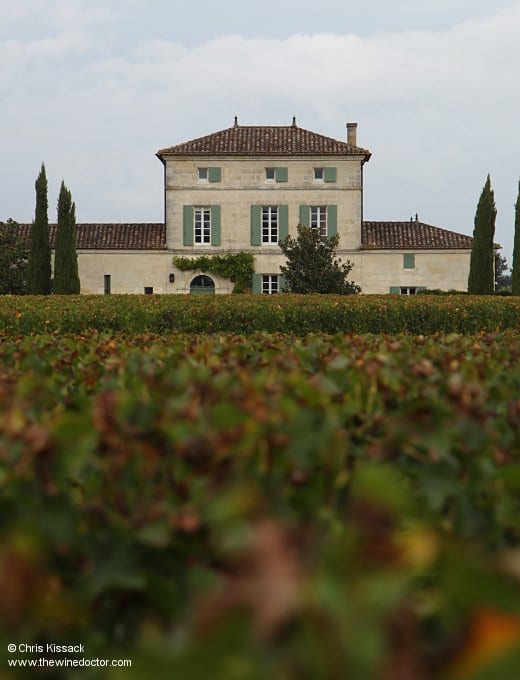Château La Fleur-Pétrus
You will notice in Pomerol that a number of châteaux have similar sounding and often very confusing names; sometimes these names are fusions, one château bringing together the names of two others. Chateau Lafleur, Château Gazin and Château Lafleur-Gazin are obvious examples of course, and Petrus and Château La Fleur-Pétrus, the object of my attention in this profile, add another layer. This is largely because the names of the châteaux reflect the names of the lieux-dits where they are located, and so if you have a vineyard straddling the Lafleur and Petrus lieux-dits the correct name for your château becomes immediately obvious. When researching the history of Pomerol, however, it is not only the names of the châteaux that seem to repeat themselves. The names of the proprietors often also seem very familiar. This is certainly the case with Château La Fleur-Pétrus, the origins of which lie with the Constant family in the 19th century.
Constant Origins
If the name Constant seems familiar it is because the family held tenure of one of the appellation’s leading estate’s, Château Clinet, for nearly a century. The family acquired the Clinet vines when Elie Désiré Constant, the son of a local négociant named Bernard Constant and one Marie Dubois, married Catherine Henriette Arnaud, an event I have already described in my Château Clinet profile. Catherine Arnaud (born 1811) was the only daughter of Antoine Arnaud and Jeanne Sarein, the former also a négociant who owned vines around the Pomerol plateau. Catherine inherited her parents vines, and these therefore came into the possession of Elie Désiré Constant.

